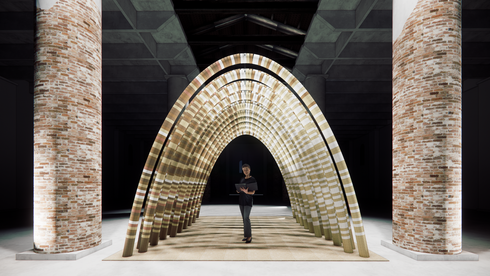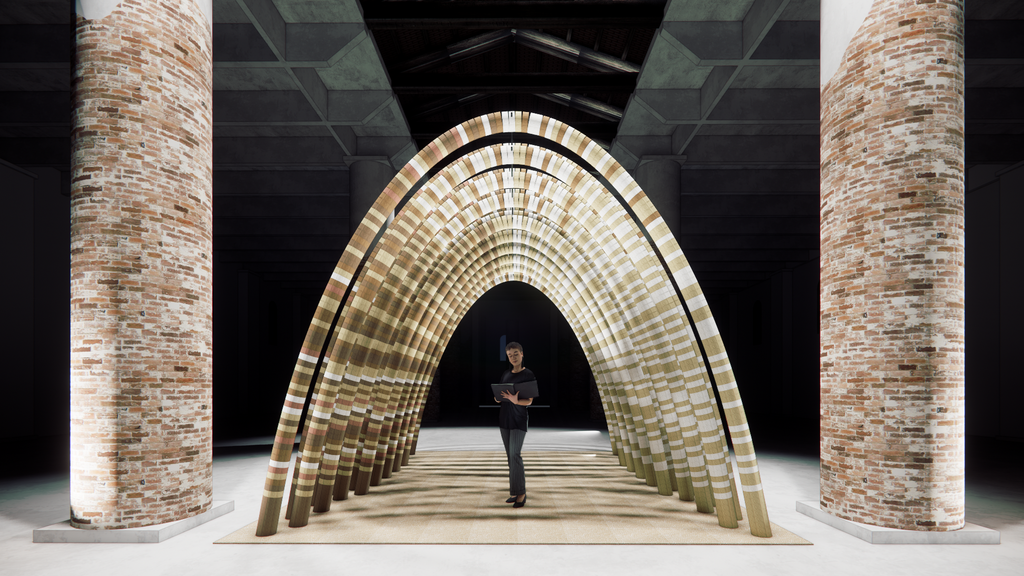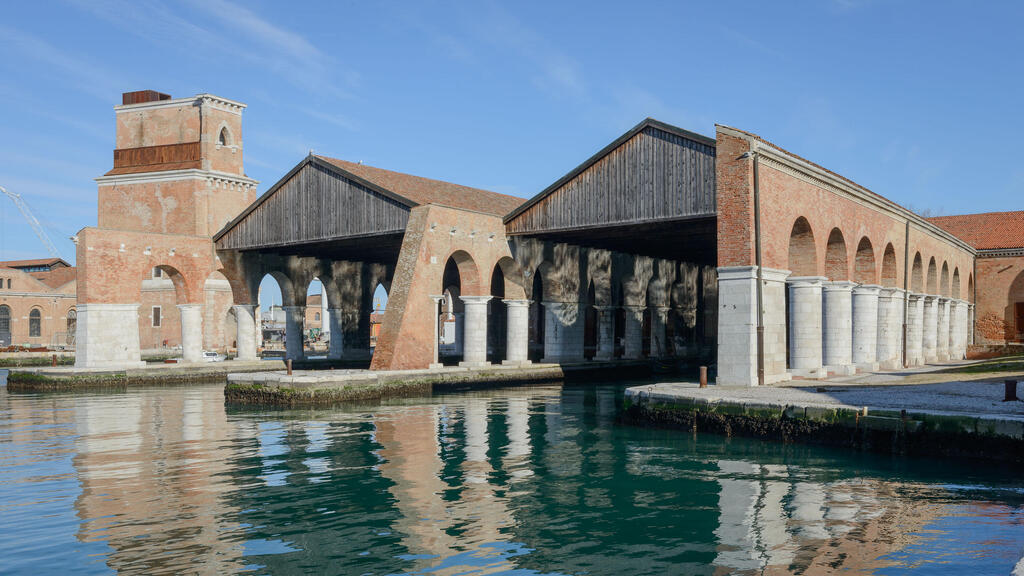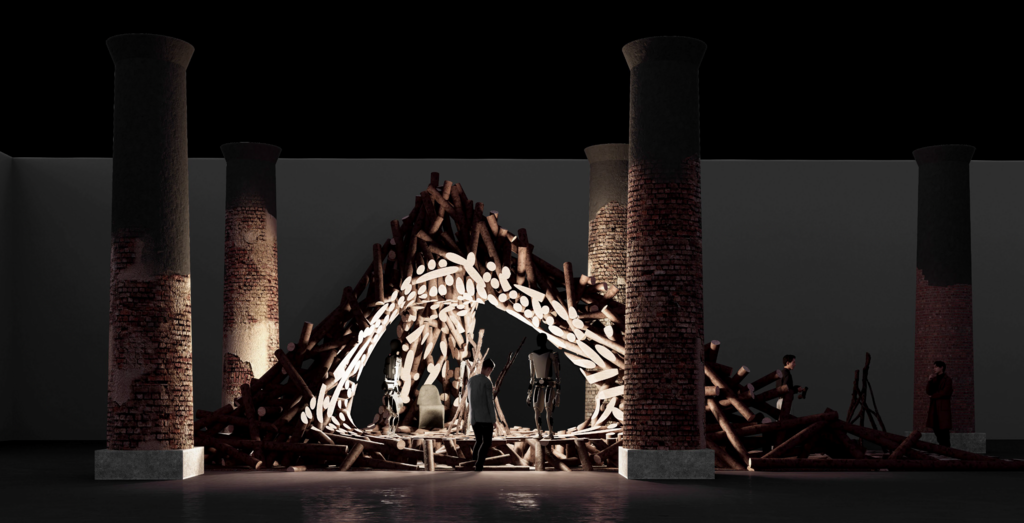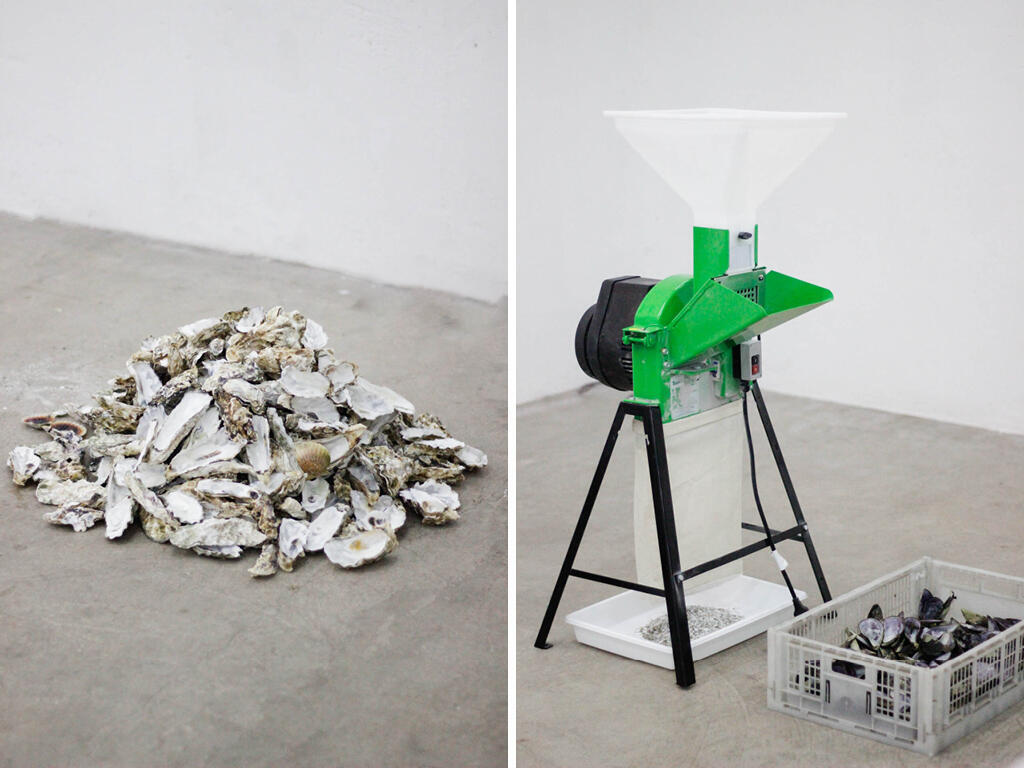On May 10, the Venice Architecture Biennale—the world’s most influential event in architecture and urban planning—will open its doors. Every two years, architects, urban planners, researchers and curators from around the globe gather in the city to explore cutting-edge projects, emerging trends and pressing issues.
Reflecting the current global landscape, the 2025 Biennale will focus on climate change and its impact on the built environment, as well as the role of artificial intelligence in construction. Through exhibitions, installations and discussions, participants will showcase architectural solutions addressing sustainability, urban resilience and the use of renewable materials, with the goal of envisioning a more sustainable and environmentally conscious future.
Curating this year’s Biennale is Italian architect Prof. Carlo Ratti, a leading figure in architectural innovation and urban planning. Ratti, a professor at MIT and director of the Senseable City Lab, is known for his interdisciplinary approach, blending architecture, technology and data-driven design. Under his leadership, the Biennale is expected to present a forward-thinking perspective, blurring the lines between the natural and the artificial while reimagining the future of architecture.
At a press conference in March, Ratti offered a first look at what is set to be one of the largest and most ambitious Architecture Biennales ever. This year’s edition will feature 66 national pavilions, including first-time participants Azerbaijan, Oman, Togo and Qatar. The expansion further cements the Biennale’s role as a global platform for architectural discourse.
With over 750 participants, including leading architecture firms, independent architects and interdisciplinary teams, the 2025 Biennale is expected to be the largest in its history—both in scale and impact. The central exhibition will be structured around three key themes: natural intelligence, artificial intelligence and collective intelligence, culminating in a reflection on space exploration—not as an escape, but as a means to enhance life on Earth.
“Architecture has always been a response to hostile climates,” Ratti said at the press conference. “From the earliest primitive huts, human design has been driven by the need for shelter and survival. Today, we must harness all available intelligence to address an increasingly unpredictable world.”
6 View gallery


Polluting textile waste reaches the developing world: Lagos' Kantangua secondhand clothing and footwear market becomes a key trade hub
(Photo: Andrew Esiebo)
One of the Biennale’s focal points will be the role of artificial intelligence in urban planning. The exhibition will highlight how AI is being used to optimize design processes and develop sustainable solutions. One standout feature will be AI-driven construction waste recycling, showcasing how technology can identify reusable materials and support circular building practices.
Additionally, the Biennale’s Arsenale venue will host an experimental robotics lab, demonstrating the integration of humanoid robots in construction. These innovations reflect architecture’s transformation from a traditionally material-based discipline into a data-driven, automated and sustainable industry.
For the first time in years, Israel will not participate in the Venice Architecture Biennale. However, unlike past instances where political or budgetary concerns played a role, this year’s absence is due to renovations at the Israeli Pavilion.
Designed in 1952 by architect Zeev Rechter in the International Style, the Israeli Pavilion, located at the heart of the Giardini—the Biennale’s main exhibition site—has long required structural upgrades. Following years of delays, a decision was made to proceed with a full-scale renovation, meaning no Israeli exhibition will be held this year. Once completed, the revamped pavilion is expected to reclaim its status as a premier venue for showcasing Israeli architecture and art.
While Israel steps back, Qatar will make history by establishing a permanent national pavilion in the Giardini—the first new pavilion built there since South Korea’s in 1995. Qatar’s participation in the Biennale is a landmark moment, underscoring the Gulf state’s growing influence in the global cultural and architectural arenas.
6 View gallery


Terra Preta
(Photo: André Corrêa do Lago, Marcelo Rosenbaum, Fernando Serapião, Guilherme Wisnik)
The new Qatari Pavilion will be located near the iconic Book Pavilion, designed by British architect James Stirling. While details about its design and architecture remain undisclosed, the pavilion is expected to reflect Qatar’s cultural richness and architectural vision.
In a statement, the chairman of Qatar Museums expressed excitement over the country’s debut, saying: “Qatar is proud to take its place on this global stage, strengthening our role as leaders in cultural diplomacy and providing an unparalleled platform for creative talent from our nation, the Middle East, North Africa and South Asia.”
Often referred to as the "younger sister" of the Venice Art Biennale, the Architecture Biennale has steadily grown into a major event in its own right. Since its founding in 1980, it has been a leading platform for showcasing cutting-edge projects and innovative urban theories.
While originally geared toward professionals—architects, urban planners and academics—the Biennale has increasingly sought to engage the wider public. Today, it serves not only as a stage for architectural innovation but also as a space for broader discussions on economic, social, political and environmental challenges. In doing so, it continues to shape the global conversation about the future of cities and the built environment.

